The sole of the shoe is the foundation of every step we take, yet many people overlook its importance. From supporting body weight to providing balance, traction, and style, the sole determines comfort, durability, and overall shoe performance. Whether you want footwear for fashion, sports, or work, understanding shoe soles will help you choose the right pair for your needs.
What is the Sole of a Shoe?
The sole of the shoe is the bottom part that connects directly with the ground. It protects your feet, offers grip, and ensures stability while walking or running. Without a proper sole, even the most stylish shoe cannot provide comfort or durability. To understand it better, we break it down into layers.
-
The Three Layers: Outsole, Midsole, Insole
The outsole is the tough bottom layer that provides grip and durability. The midsole is the cushioning section that absorbs impact and supports movement. The insole, also called the footbed, is the layer your foot rests on, contributing to comfort and sometimes arch support. Each of these layers plays a unique role in how shoes feel and perform.
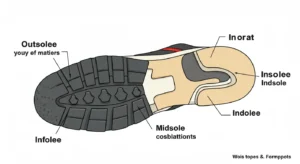
-
Functions of Each Layer
The outsole delivers traction and shields the shoe from wear, the midsole ensures cushioning and flexibility, while the insole provides comfort and foot alignment. Together, these layers define the quality and purpose of a shoe.
Common Sole Materials Explained
Shoes use different sole materials depending on style, function, and budget. Each material brings unique benefits and drawbacks.
-
Leather Soles: Classic and Formal
Leather soles are traditional in formal footwear. They look sleek, allow breathability, and deliver a refined appearance. However, they are less durable on rough surfaces and do not offer much traction in wet conditions. Despite that, leather soles remain a favorite in elegant dress shoes.
-
Rubber Soles: Grip and Durability
Rubber soles are highly versatile and used in many shoe types. They provide strong traction, are water-resistant, and last longer compared to leather soles. Variants like commando soles, wedge soles, and dainite soles offer different levels of grip and flexibility, making them perfect for both casual and rugged footwear.
-
EVA and PU Soles: Lightweight Cushioning
EVA (ethylene-vinyl acetate) and PU (polyurethane) soles are common in athletic and casual shoes. They are lightweight, shock-absorbing, and flexible. These soles are popular because they reduce foot fatigue and deliver a comfortable walking or running experience.
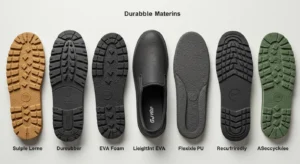
-
Synthetic and Eco-Friendly Options
Synthetic soles such as PVC and nitrile cork are affordable and durable. With sustainability in focus, many brands now use recycled rubber, bio-based EVA, and innovative eco-materials. These environmentally friendly soles combine performance with reduced environmental impact.
Popular Sole Types by Style
Soles are designed differently depending on whether the shoe is formal, athletic, or outdoor.
1. Dress Shoe Soles
Dress shoes often come with single or double leather soles. Single leather provides elegance and flexibility, while double leather enhances durability. Some dress shoes also feature thin rubber outsoles added to leather for better grip.
2. Athletic and Running Soles
Running shoes have specially engineered soles with EVA midsoles and patterned rubber outsoles. These soles ensure energy return, cushioning, and slip resistance. Runners prefer them for their balance between comfort and performance.
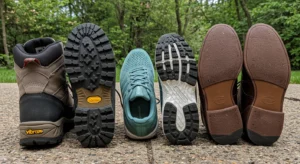
3. Hiking and Outdoor Soles
Hiking soles are thicker and feature aggressive tread patterns like Vibram or lugged soles. These designs improve grip on rocky terrain and protect feet from sharp objects. They also reduce the risk of slipping in wet conditions, making them essential for outdoor enthusiasts.
4. Work and Safety Soles
Work boots use reinforced soles that are slip-resistant and puncture-proof. Many come with SRC-rated rubber, steel shanks, or protective inserts. These soles focus on safety and long-lasting support for demanding environments.
Key Performance Factors to Consider
When choosing shoes, the performance of the sole is crucial.
-
Traction and Slip Resistance
Soles are tested for slip resistance, and good shoes carry ratings like SRA, SRB, or SRC. Slip-resistant soles reduce accidents, especially in workplaces or rainy conditions. Traction should always match the environment you wear the shoes in.
-
Flexibility and Stiffness
Some soles bend easily, while others are stiff for stability. Flexible soles suit athletic shoes, while stiffer soles work well for hiking or heavy-duty work. Flexibility influences walking comfort, while stiffness provides structural support.
-
Shock Absorption and Heel Drop
The midsole plays a role in cushioning impact during movement. Heel drop, measured in millimeters, affects posture and gait. Runners may prefer different heel drops depending on their running style and comfort needs.
-
Sole Thickness and Stability
Thicker soles provide extra durability but can reduce flexibility. Thinner soles feel lighter but wear down faster. The right thickness depends on whether you prioritize comfort, style, or long-lasting performance.
How Soles Are Made: From Raw Material to Shoe
Sole manufacturing combines tradition and modern technology.
-
Leather and Rubber Processing
Leather soles undergo tanning, while rubber soles are vulcanized for durability. EVA and PU midsoles are molded to achieve lightweight cushioning. Each process is carefully controlled to ensure performance and longevity.
-
Construction Methods
Soles can be cemented, stitched, or welted onto shoes. Goodyear welt construction allows resoling and is popular in premium shoes. Blake stitching provides flexibility and is often used in stylish footwear.
-
Modern Innovations
Today, some brands use 3D printing to create custom soles tailored to foot shape and activity. This innovation is transforming footwear comfort and efficiency.
Comfort and Health Considerations
Soles directly affect foot health, posture, and long-term comfort.
-
Arch Support and Cushioning
Good soles with arch support prevent strain and improve comfort. Cushioning also reduces fatigue during long periods of standing or walking, making it vital for everyday shoes.
-
Sole Thickness and Posture
Thin soles encourage a natural walking style, while thick soles provide more shock absorption. Depending on individual needs, choosing the right thickness can improve posture and reduce back or knee pain.
-
Orthopedic Soles
Orthopedic and medical soles are designed for conditions such as flat feet or plantar fasciitis. These soles provide targeted support to reduce discomfort and improve mobility.
Sole Care and Maintenance
Taking care of soles extends shoe life and ensures better performance.
-
Cleaning Methods
Rubber soles are easy to clean with soap and water, while leather soles require dry brushing and occasional conditioning. Proper cleaning prevents wear and maintains traction.
-
Resoling and Replacing
High-quality shoes with stitched soles can be resoled, making them last for years. Sneakers and glued shoes often require full replacement when worn down. Resoling is an eco-friendly choice that reduces waste.
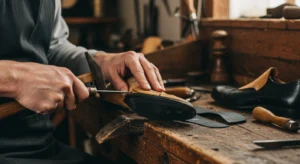
-
Extending Sole Life
Rotating between shoes, avoiding harsh conditions, and regular maintenance all extend the life of the sole. Small efforts add years to footwear performance.
Buyer’s Guide: Choosing the sole of the shoe
The sole of the shoe plays a big role in buying decisions.
Everyday Wear vs Special Occasions
Rubber and EVA soles are great for daily wear, while leather soles work best for formal events. Consider how often you will wear the shoes before deciding on the material.
Climate and Terrain Considerations
Wet conditions call for slip-resistant rubber soles, while dry conditions are suitable for leather. Hikers need Vibram or lug soles for grip on tough terrains.
Style vs Function
Fashionable chunky soles may look appealing, but comfort and durability should come first. Ideally, the best shoe strikes a balance between style and practicality.
FAQs
What is the sole of a shoe?
It is the bottom part of footwear that protects feet, provides grip, and supports movement.
How long do shoe soles last?
Leather soles last 6 to 12 months with daily use, while rubber and EVA soles can last several years depending on activity level.
What is a dainite sole?
A dainite sole is a durable rubber sole with small lugs, often used in boots for a sleek yet practical design.
What is the best sole for hiking boots?
Lugged rubber soles, particularly Vibram, are the best for hiking because they provide grip, durability, and protection.
Can sneakers be resoled?
Most sneakers cannot be resoled if glued, but some stitched designs allow repair.
Conclusion:
The sole of the shoe is more than just a foundation—it influences comfort, style, and performance. From leather soles for elegance to rubber and EVA soles for durability, the choices are vast. By understanding sole types, materials, and care methods, you can make better footwear decisions. Whether you want shoes for everyday wear, athletic performance, or outdoor adventures, the right sole will ensure long-lasting comfort and protection.















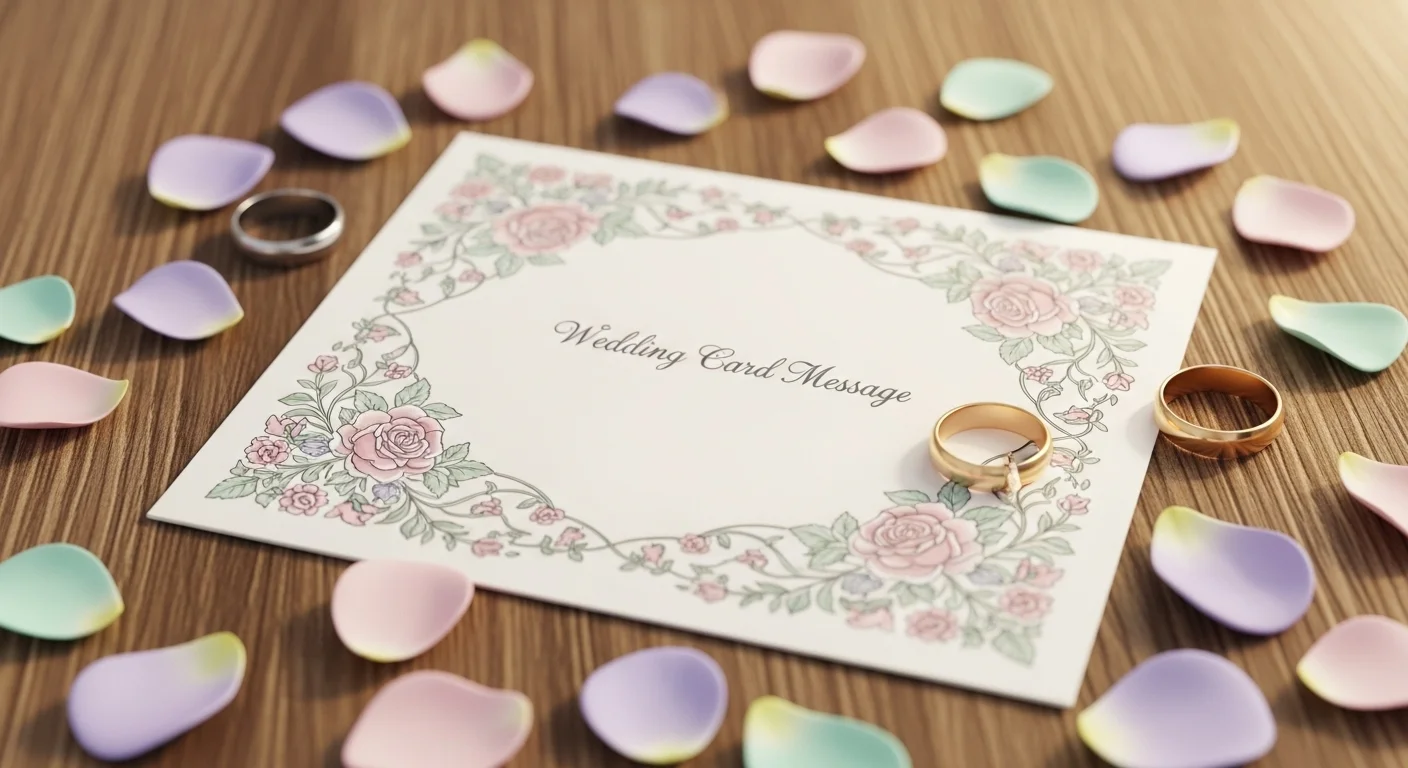






Leave a Reply